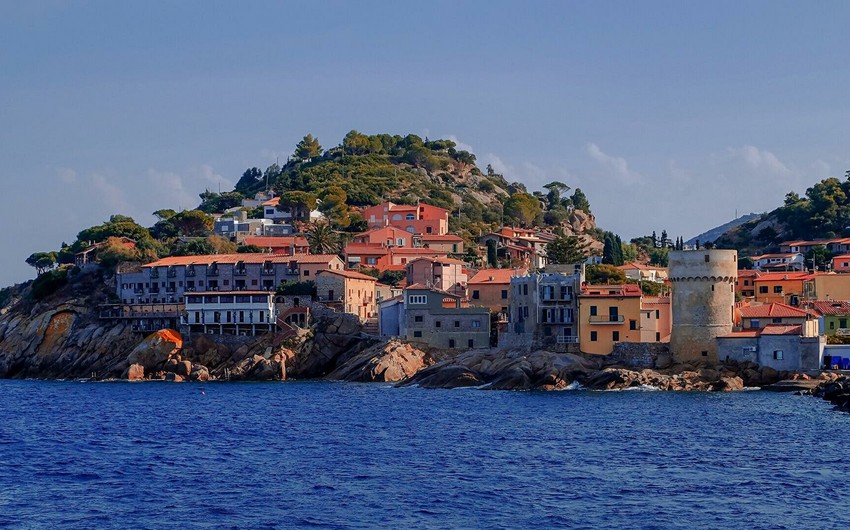An intriguing new study explores the mechanisms by which an Italian island called Giglio remained resistant to coronavirus disease 2019 (COVID-19) even after much exposure. The paper, published on the preprint server medRxiv, is an initial attempt to understand why some people do not contract the infection, with particular reference to endemic coronaviruses' role in eliciting cross-reactive immunity, Report mentions. citing RIA Novosti.
The researchers carried out an extensive seroprevalence study from April 29 to May 3, 2020, including the island's three chief settlements. All adults living on the island were invited to participate in rapid serologic testing. A sample of saliva was obtained from all participants and validation testing by polymerase chain reaction testing for viral RNA. The participants were compared with the official municipal list of residents.
Giglio Island is a mountainous speck off the coast of Tuscany, Italy. At the time of the study, it was among the very few places where symptomatic COVID-19 had not yet manifested among the residents. Therefore, the scientists in the current research sought to detect antibodies to the severe acute respiratory syndrome coronavirus 2 (SARS-CoV-2), the novel pathogen behind COVID-19), and identify asymptomatic cases, if any. The study also aimed to initiate the investigation into the underlying mechanisms of resistance to the virus.
All the cases identified on this island so far have been imported cases. All such cases reached the island before social distancing was mandated, and all were then in the asymptomatic phase. Thus, their mingling with the local population led to a risk of significant infection.
Despite these factors, favorable to a local outbreak, there was no single case of symptomatic COVID-19 among the local population.
The island is connected to the mainland via a ferry service that carries passengers twice a day. On average, only ten or so individuals are carried up and down each day. The island is therefore relatively isolated.
The researchers postulate that the pristine air on the island might have played a dominant role in limiting the spread of the virus, in agreement with other studies showing a positive correlation between the lack of air pollution and the number of infections. The island's geographical, climatic, and microenvironmental conditions must also be studied to elicit their potential contributions to this outcome.
Cross-reactive immunity may also play a role in this apparent resistance. The immunity might well have been mediated by a CD4 T cell clone reactive to SARS-CoV-2 antigens shared by those of endemic coronaviruses, which cause a common cold.
Such cross-reactivity is the subject of future research. The investigators also aim to carry out one more screening round of serology during the summer season, when thousands of tourists typically visit the island, to identify new cases and the routes of infection at that time.


 https://static.report.az/photo/780235c6-802d-3f31-98ca-fc2de73348f3.jpg
https://static.report.az/photo/780235c6-802d-3f31-98ca-fc2de73348f3.jpg

